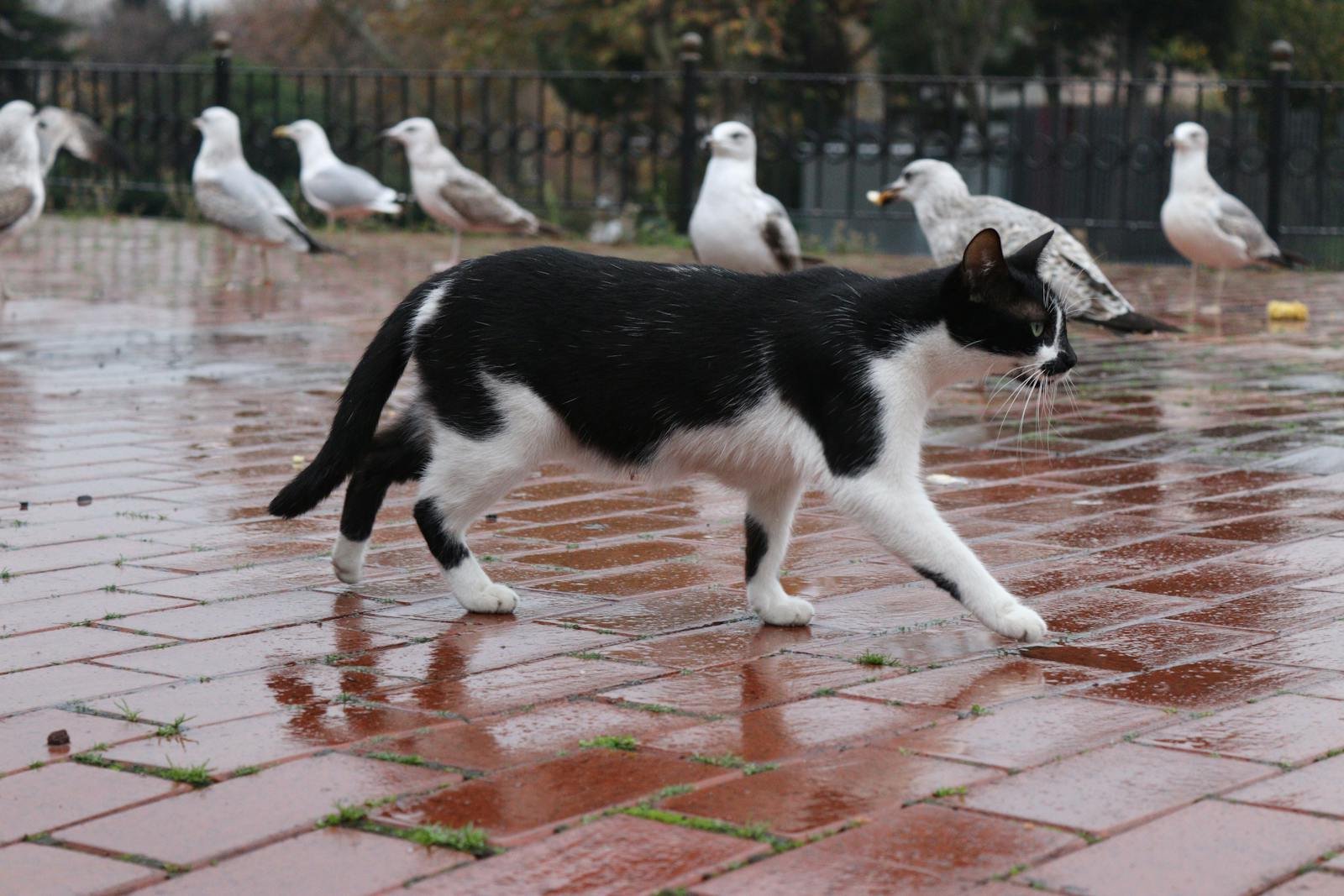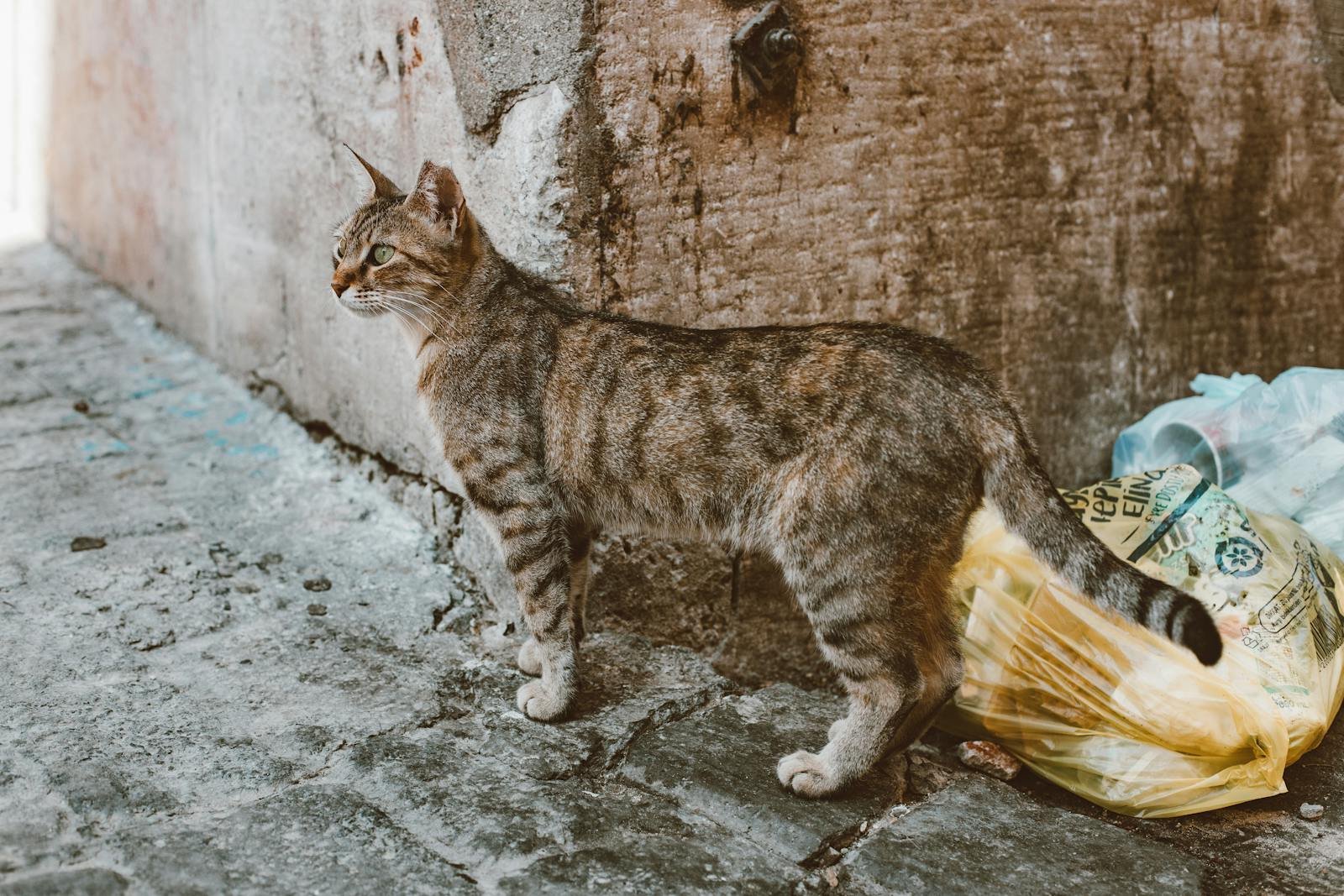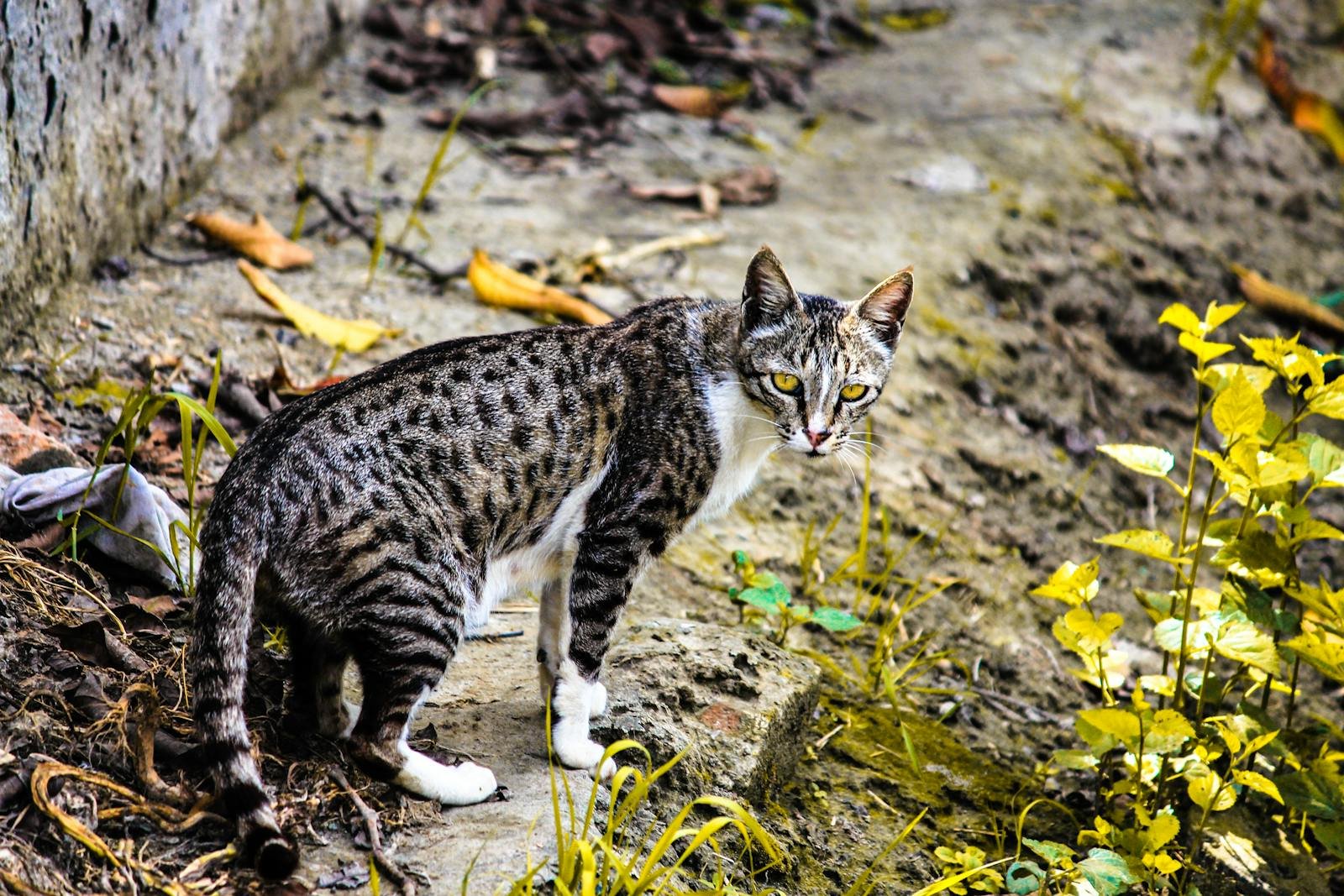Feral cats have become a contentious issue worldwide due to their significant impact on native wildlife populations. Their presence in ecosystems where they are not native raises the question—should they be culled to protect indigenous species? This article explores various facets of this debate, examining ecological, ethical, and practical perspectives to provide a comprehensive understanding.
Understanding Feral Cats

Feral cats differ from pet or stray cats in that they have little to no human interaction. Born to wild parents or having reverted to a wild state, these cats survive by hunting and scavenging. They are adept predators, capable of thriving in diverse environments.
Ecological Impact of Feral Cats

Feral cats have been implicated in the decline and extinction of numerous native species, particularly on islands where prey items lack evolved defenses against mammalian predators. Their presence can decimate bird species, small mammals, reptiles, and even insects, disrupting ecological balance.
The Case for Culling

Proponents of culling argue that it is a necessary intervention to protect vulnerable native species. In ecosystems where feral cats are invasive, their removal can help restore ecological balance and preserve biodiversity. This approach prioritizes native wildlife and ecosystem health over the feral cat population.
Ethical Considerations

The ethics of culling feral cats are hotly debated. Critics argue it is inhumane and that humans have a responsibility toward all animal lives. Effective humane solutions should be sought, they contend, which do not involve killing, such as trap-neuter-return (TNR) programs or relocation.
Alternative Solutions

Beyond culling, alternative management strategies include TNR programs, which control population growth without killings. Critics of TNR underline its limited success on the ecological impact front, as even neutered cats continue to hunt. Other non-lethal strategies include cat sanctuaries and the use of exclusion zones to keep them out of sensitive habitats.
Effectiveness of Culling Programs

Studies show mixed results for culling programs. While they can effectively reduce feral cat numbers, their success largely depends on the scale and consistency of implementation. Partial culling often leads to population rebound, necessitating comprehensive and ongoing efforts to be effective.
Case Studies and Examples

A number of case studies highlight various outcomes of culling initiatives. In Australia, culling is part of a broader conservation strategy given the country’s biodiversity crisis due to invasive species. On some islands, complete eradication of feral cats has led to the recovery of native species populations, illustrating culling’s potential efficacy.
Public Opinion and Involvement

Public opinion is divided, often influenced by cultural attitudes towards cats and ethical beliefs. Consultation and collaboration with local communities are crucial in the management of feral cat populations, as social license can determine the viability of any proposed solutions.
Balancing Conservation and Compassion

The challenge lies in balancing the urgent need to protect native wildlife with the ethical treatment of feral cats. Effective management may require a combination of solutions tailored to specific environments and driven by scientific research, ethical considerations, and public engagement.
Conclusion and Path Forward

Whether feral cats should be culled is a complex issue intertwining science, ethics, and human interests. A nuanced approach, acknowledging ecological impacts while exploring humane management options, is essential. Future strategies will likely require interdisciplinary efforts, where conservationists, ethicists, policymakers, and communities collaborate to find sustainable solutions.
Hi, I’m Bola, a passionate writer and creative strategist with a knack for crafting compelling content that educates, inspires, and connects. Over the years, I’ve honed my skills across various writing fields, including content creation, copywriting, online course development, and video scriptwriting.
When I’m not at my desk, you’ll find me exploring new ideas, reading books, or brainstorming creative ways to solve challenges. I believe that words have the power to transform, and I’m here to help you leverage that power for success.
Thanks for stopping by, Keep coming to this website to checkout new articles form me. You’d always love it!






